Date: 26,09,2022
Author: Aosion
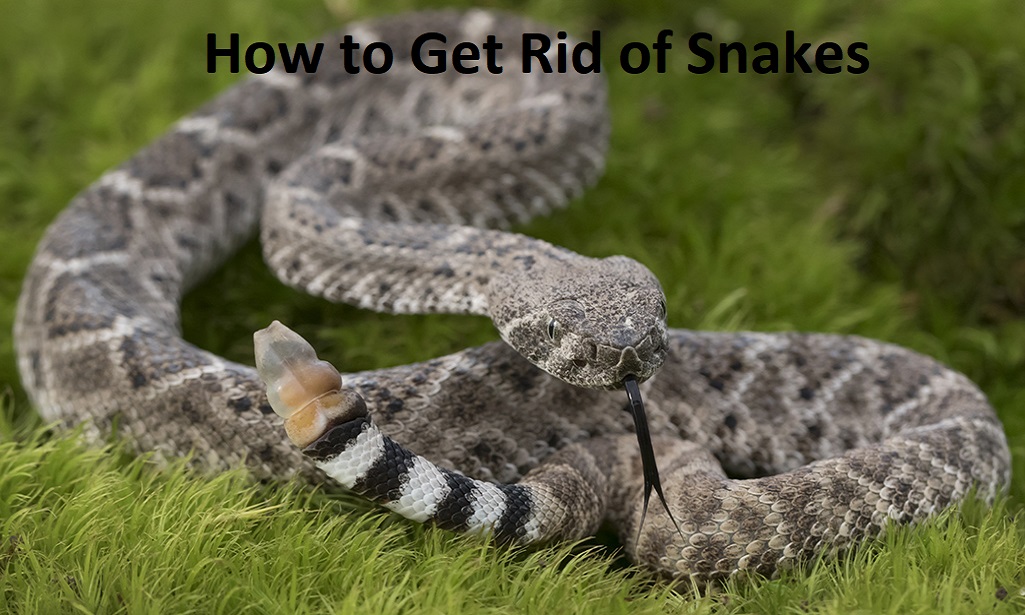
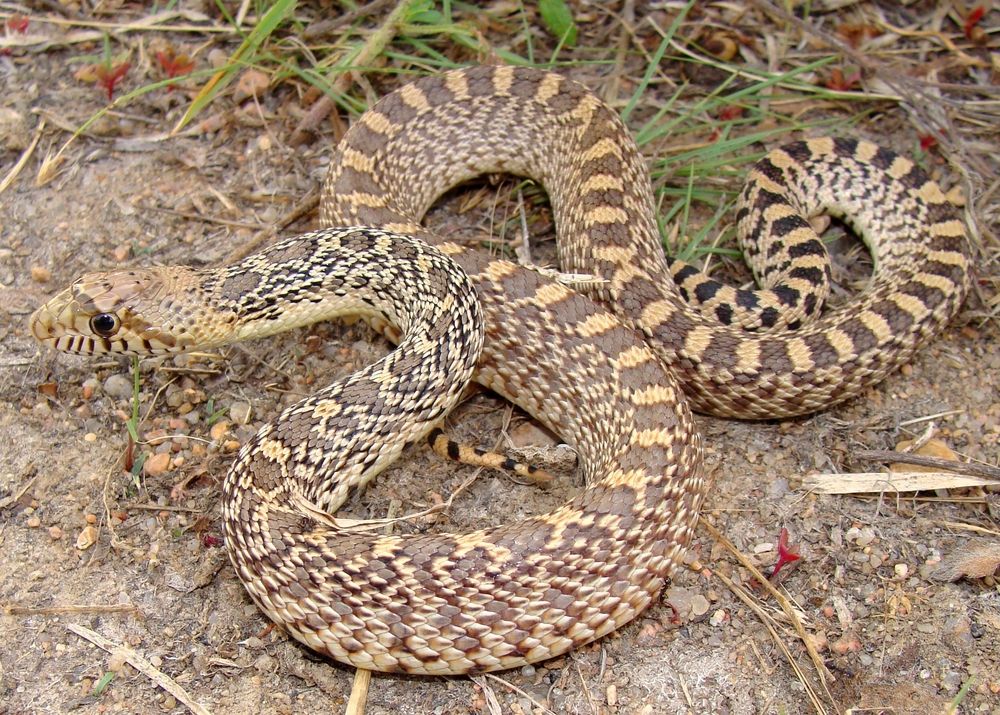
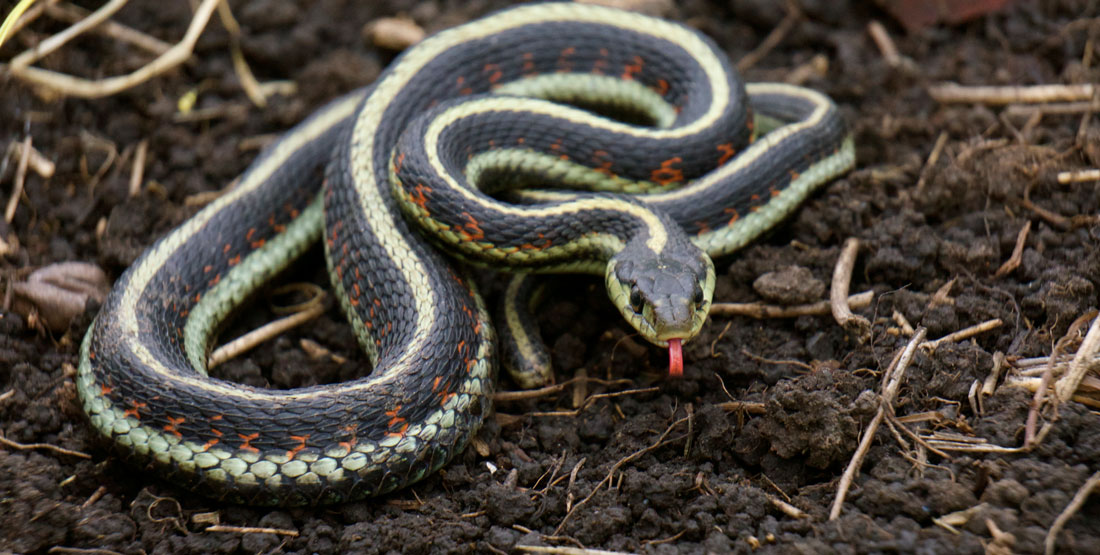
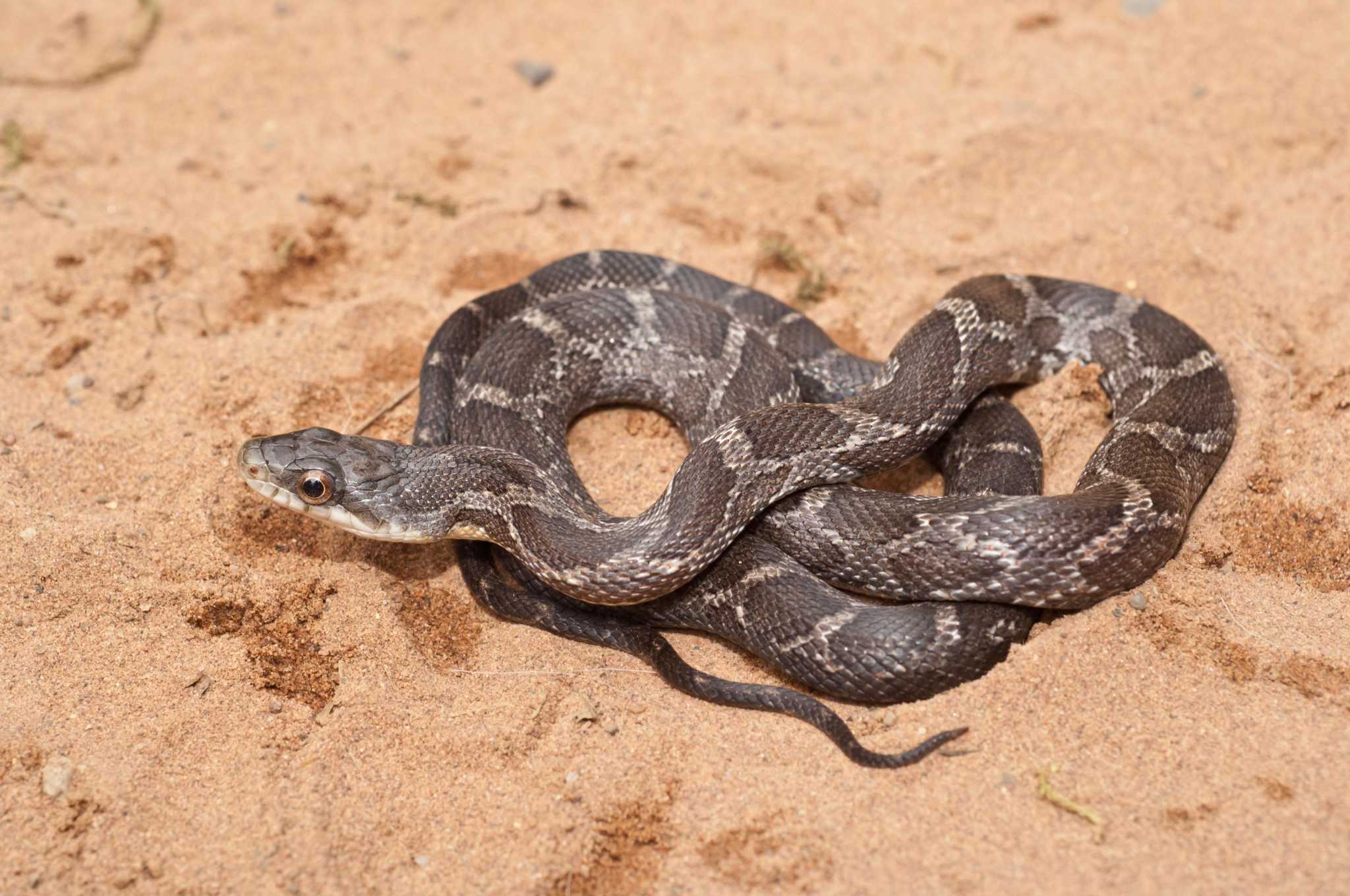
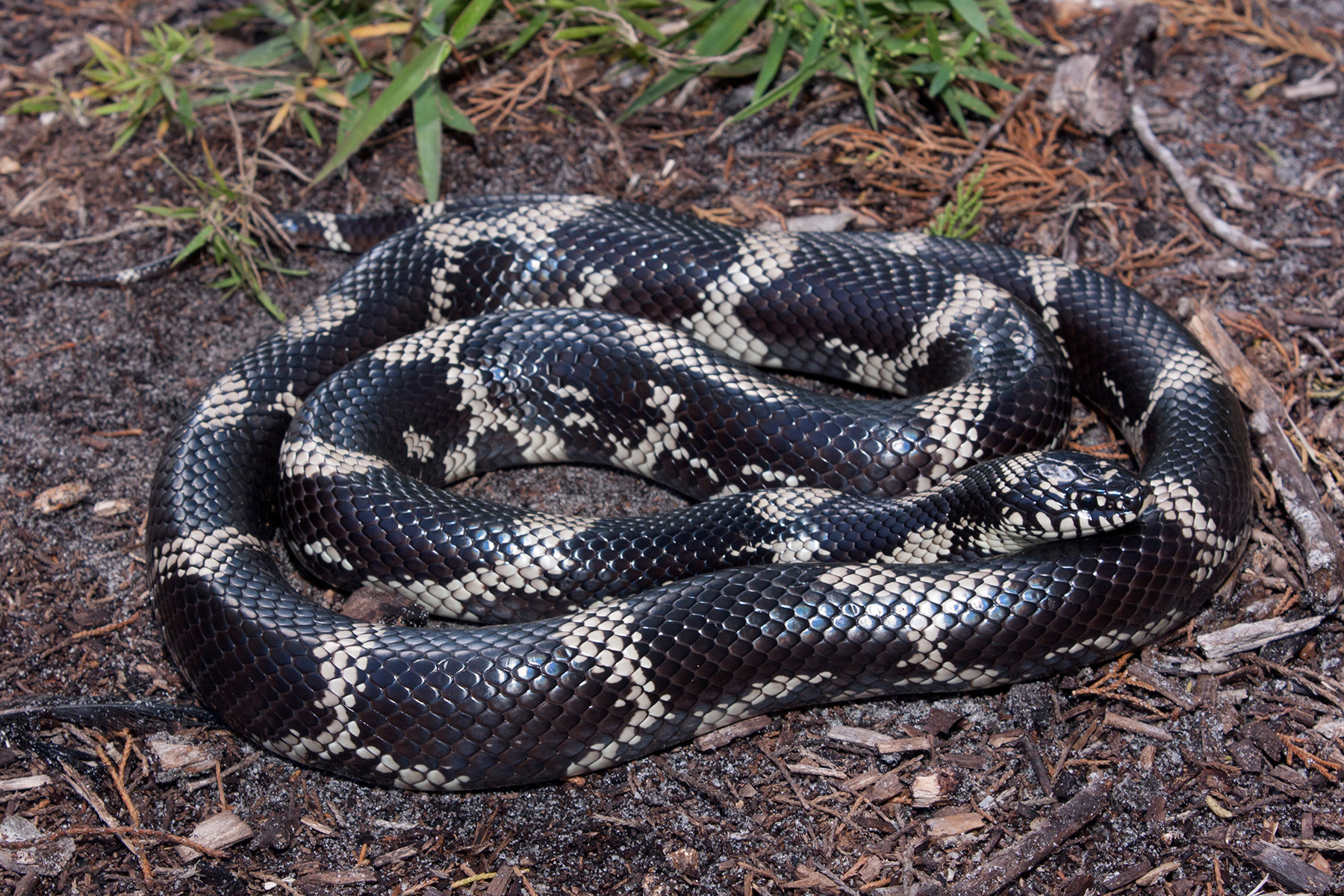
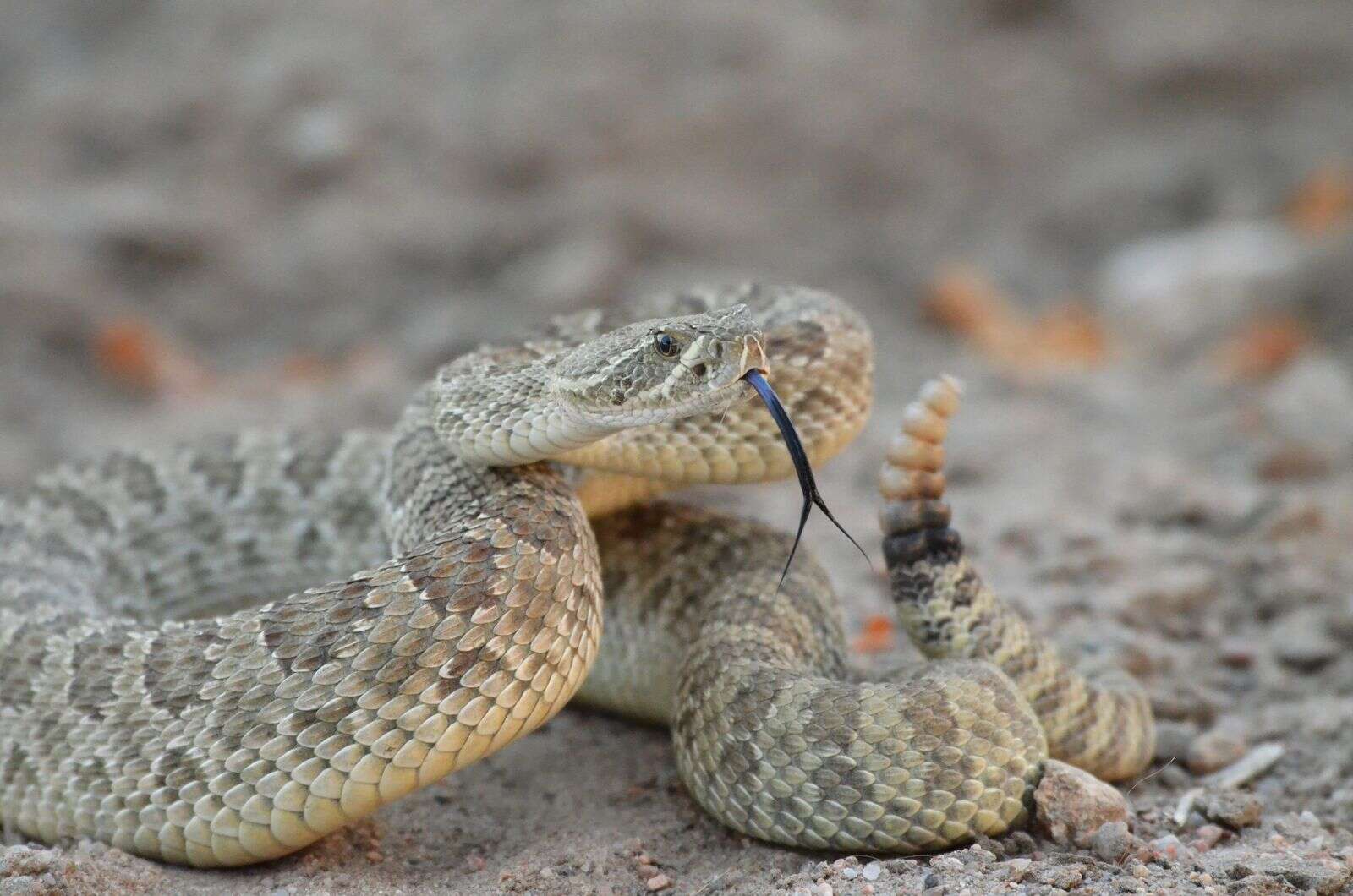
| Snake Type | Pupils | Head Shape | Color | Other features |
| Venomous snakes | Thinner, vertical, usually surrounded by yellow or green eyes | Triangular and bulbous head with skinny neck to hold venom sacks under the jaw, some non-venomous snakes mimic this head shape to intimidate predators, | Varies, not a reliable method of identification | Some rattlesnakes shake the rattles on their tails which creates a loud clicking noise, Cottonmouths are the only semi-aquatic venomous snake in the USA, they hold their head above water while swimming unlike non-venomous snakes |
| Non-venomous snakes | Rounded pupils | Rounded or spoon-shaped head | Varies, typically not brightly colored | Varies widely |
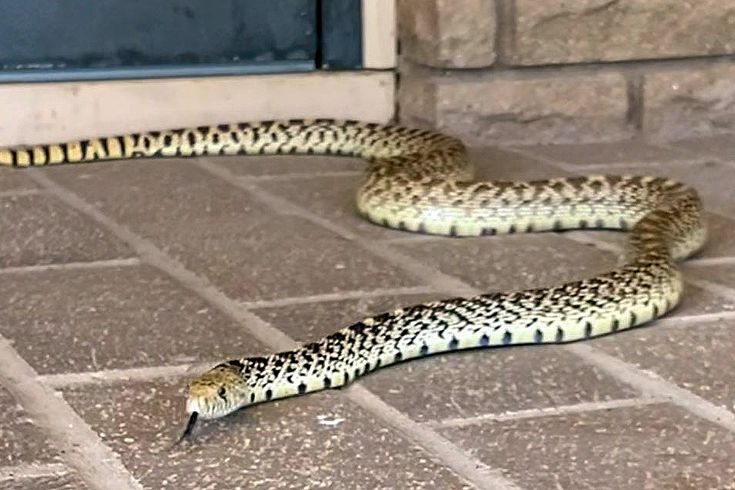
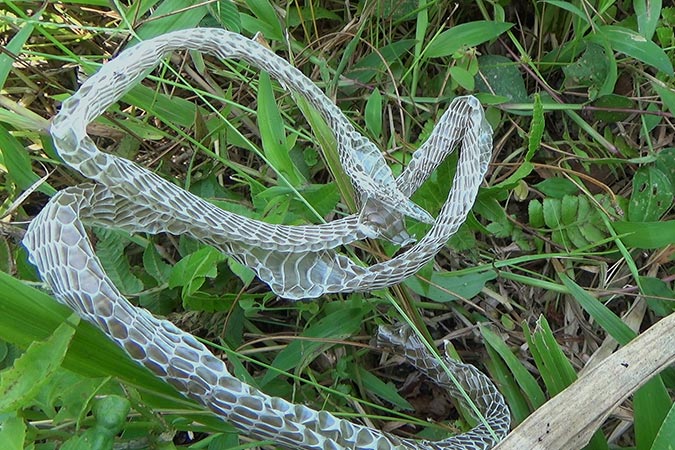
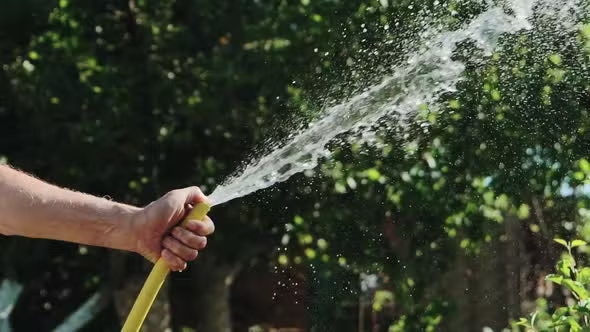
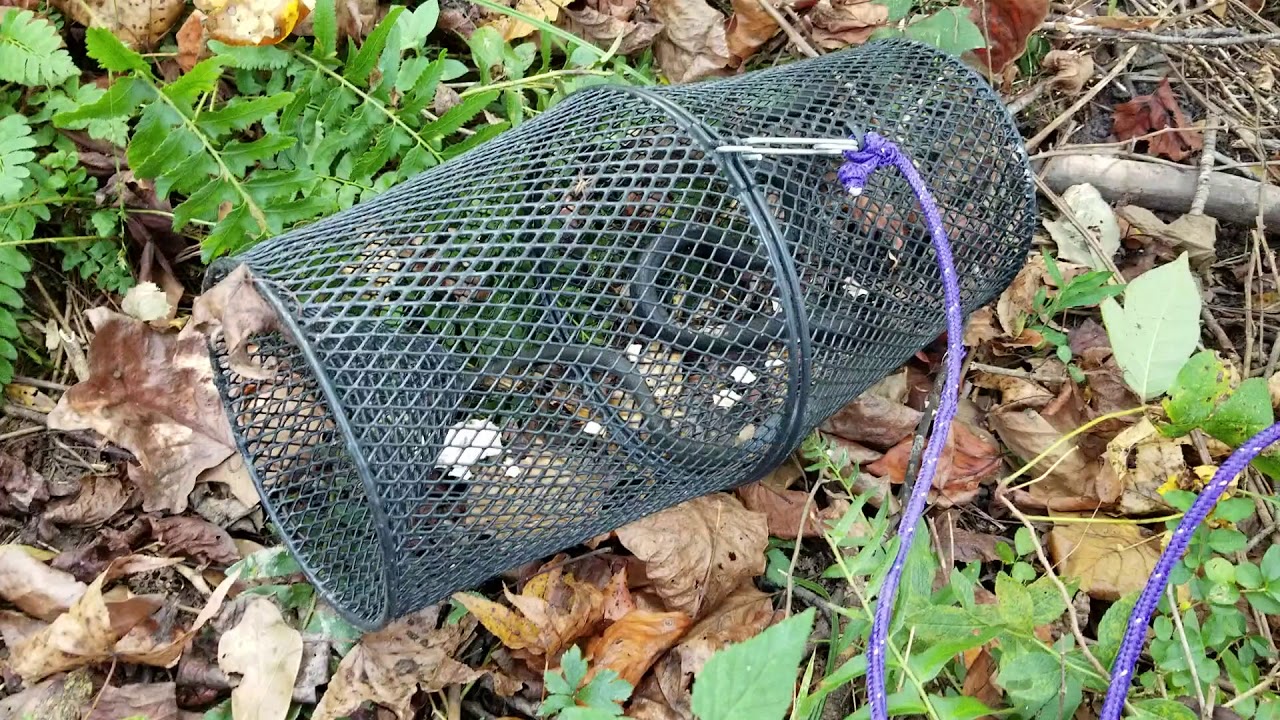
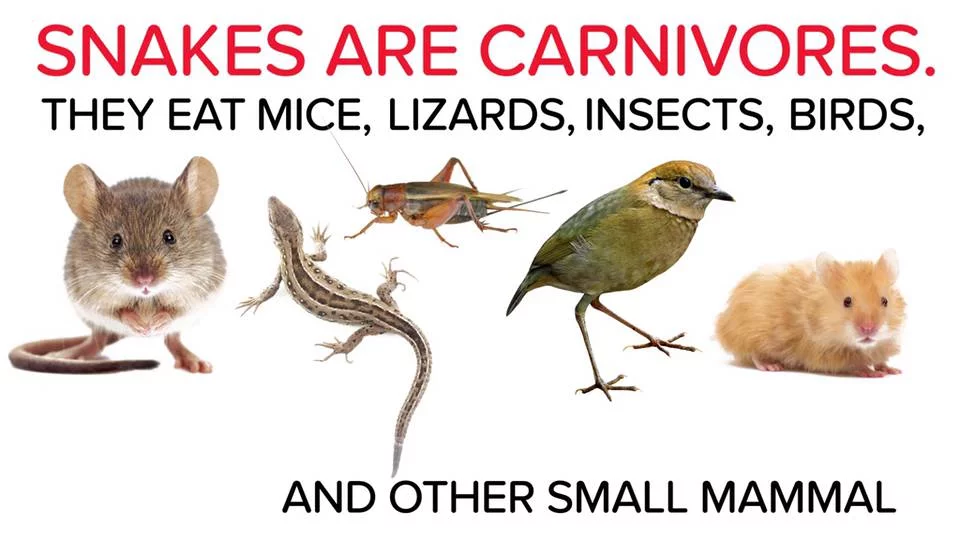
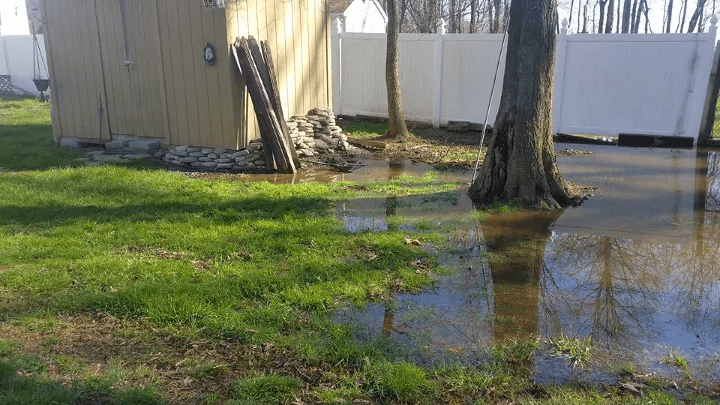
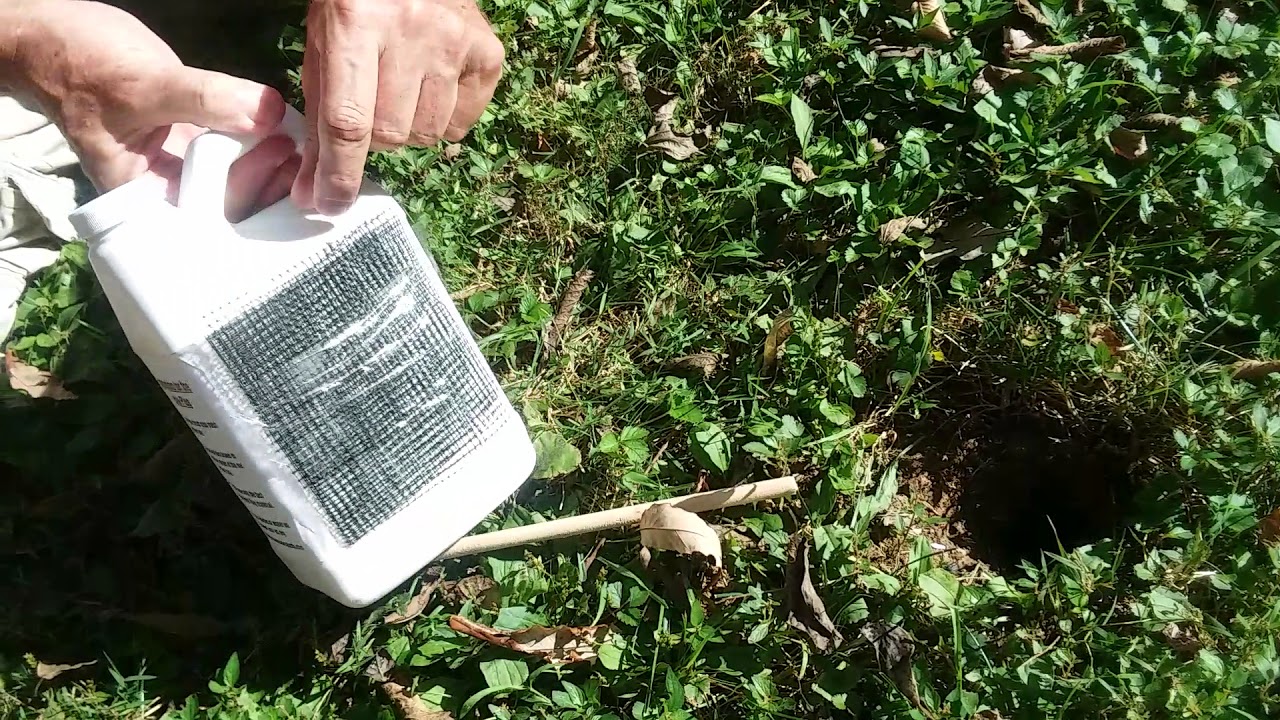


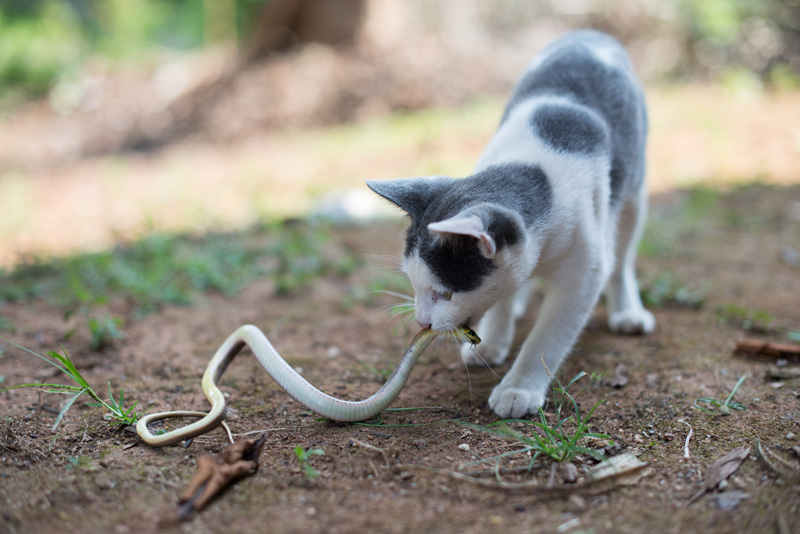

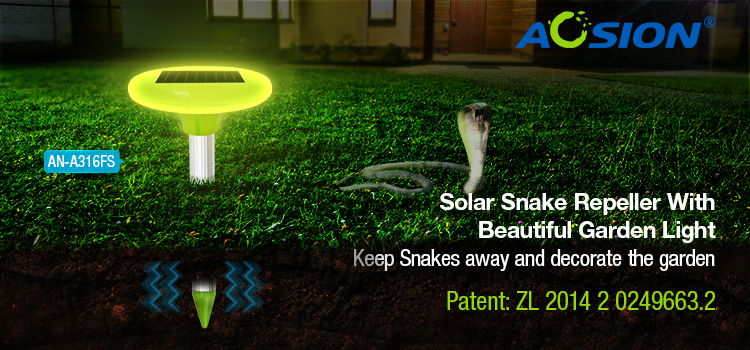
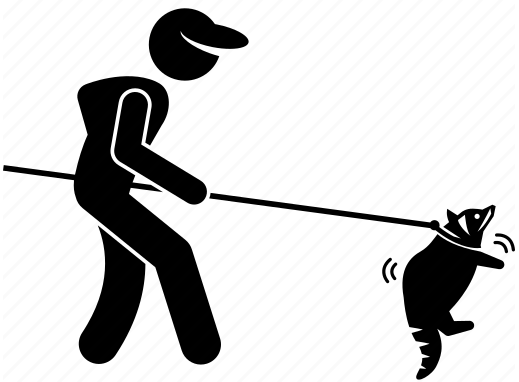
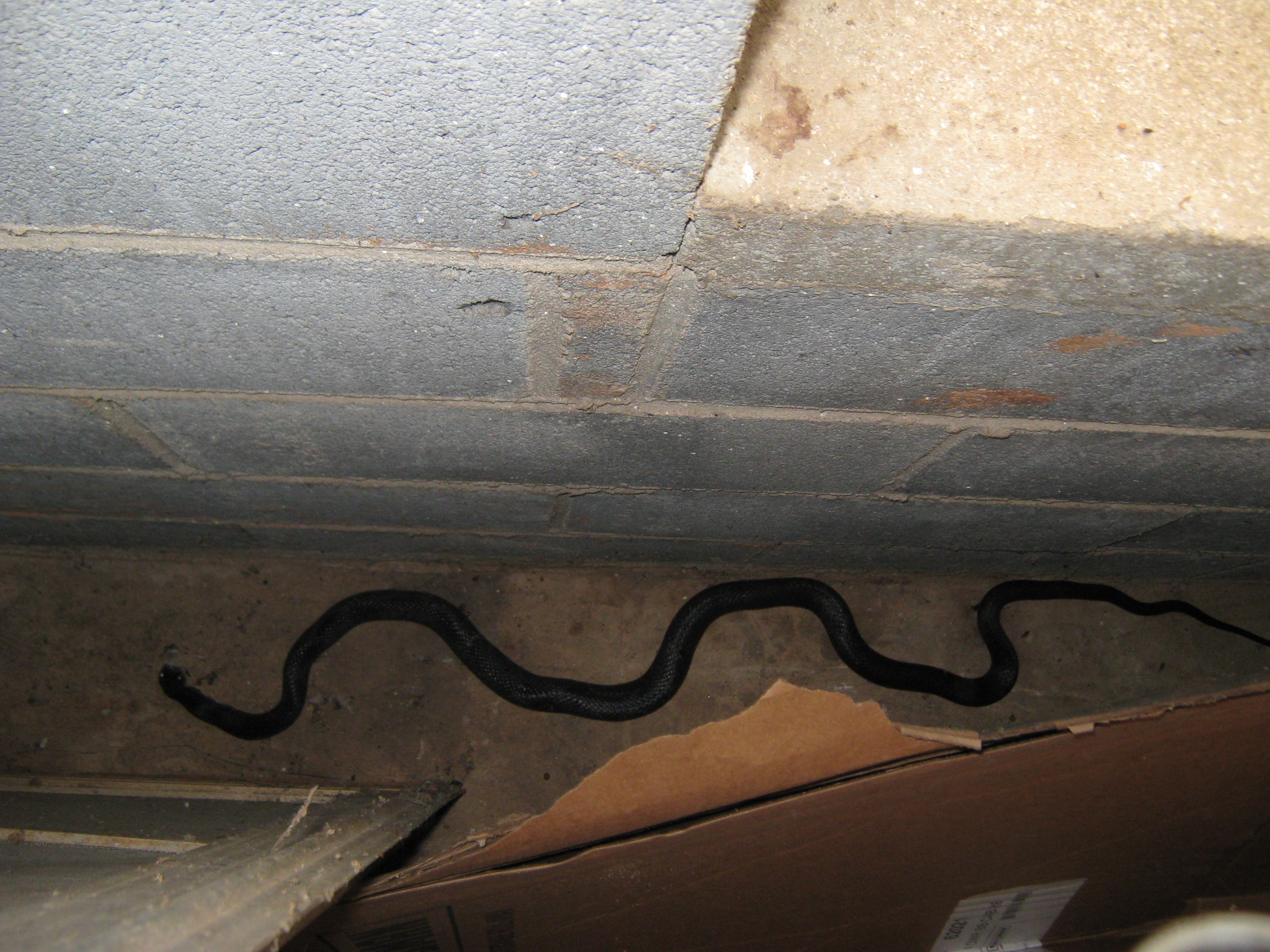
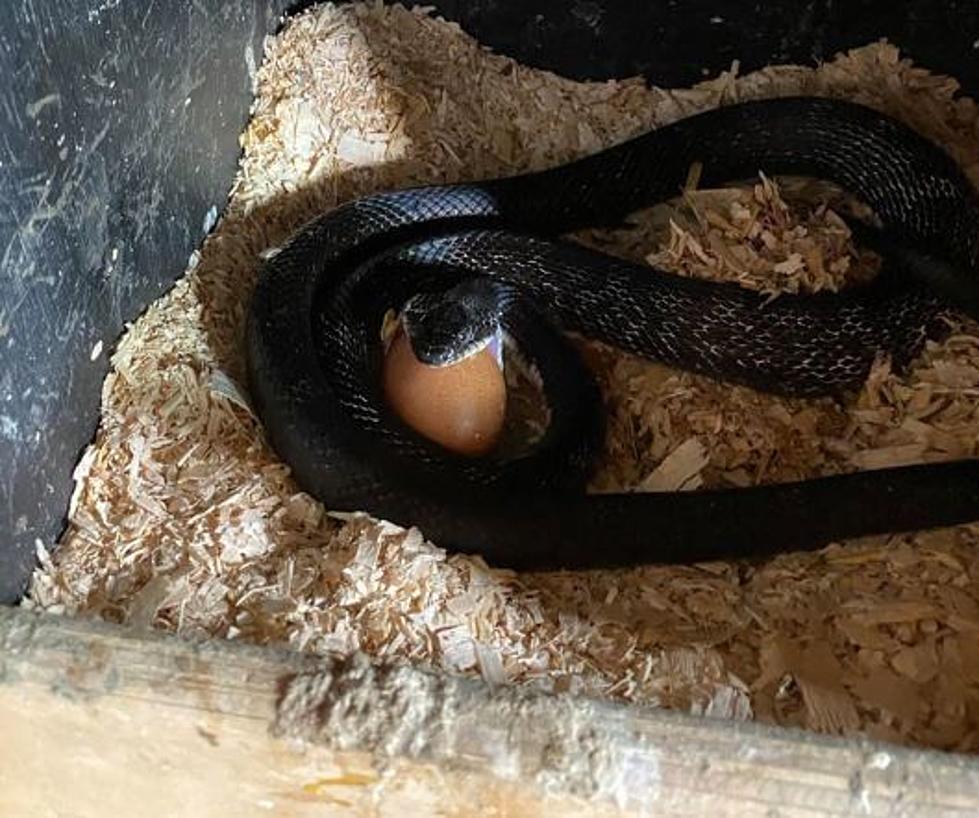
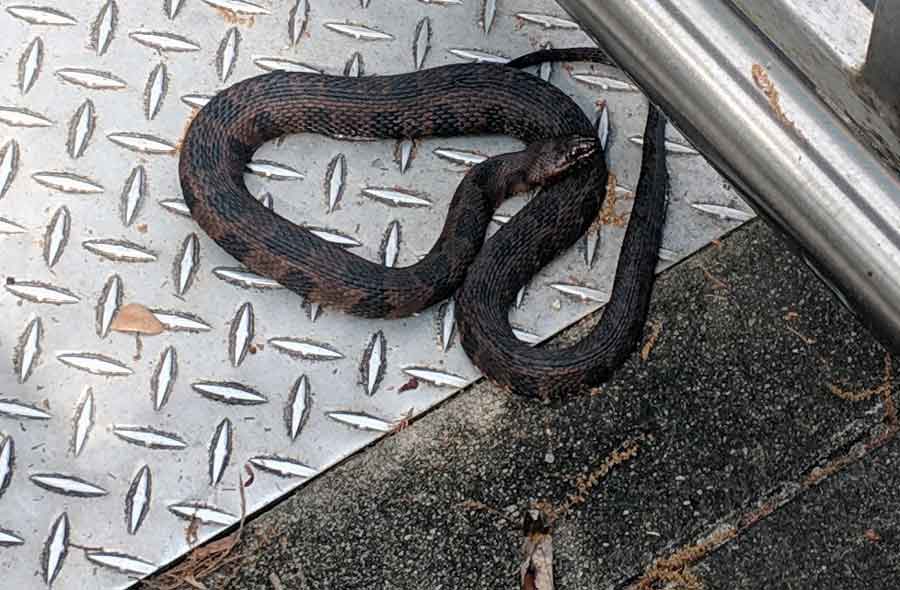
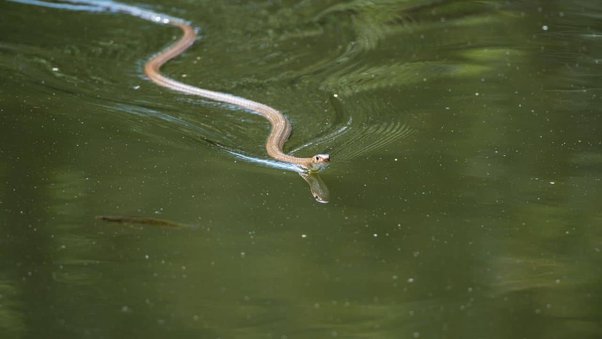
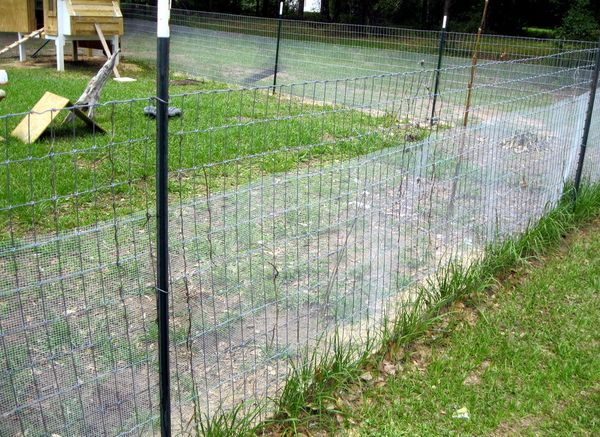
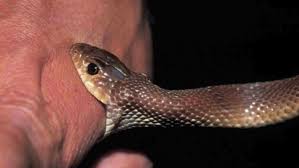
Subscribe to our newsletter to be kept abreast of our latest news, events and great deals.